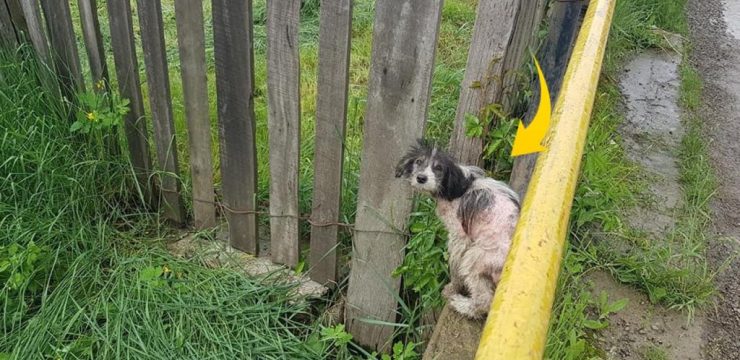Finding a tick inside your home can be alarming. Ticks are more than just pests—they can carry serious diseases like Lyme disease and Rocky Mountain spotted fever. If you discover a tick in your home, it’s essential to act quickly and carefully. Here’s a step-by-step guide on how to handle the situation effectively:

1. Identify and Isolate the Tick
The first thing you should do when you find a tick is to identify it. Common types include black-legged ticks, dog ticks, and brown dog ticks. Understanding what kind of tick you’re dealing with can help assess any risks.
If you find a tick in a specific area, such as on your bed, it’s important to limit access to that space—especially for children and pets. This helps minimize the risk of further exposure.
2. Protect Yourself Before Handling the Tick
Before you try to remove or handle the tick, take precautions to protect yourself. Wear gloves and long-sleeved clothing to reduce the risk of tick bites. Ticks can carry harmful bacteria, and direct contact should be avoided whenever possible.
3. Thoroughly Clean the Area
Once you’ve found a tick, it’s crucial to clean the area thoroughly to prevent any potential spread.
- Wash Bedding and Clothing: If the tick was found on bedding or clothing, wash these items in hot water and dry them on high heat. The heat will kill any ticks or eggs that might still be present.
- Vacuum Thoroughly: Vacuum the area meticulously, paying close attention to corners, furniture, and crevices where ticks might hide. Once finished, dispose of the vacuum bag or empty the canister outside to avoid reintroducing ticks into your home.
4. Proper Tick Removal
If you find a tick attached to your skin, it’s important to remove it as soon as possible to reduce the risk of infection.
- Use Fine-Tipped Tweezers: Carefully use fine-tipped tweezers to grasp the tick as close to the skin’s surface as possible.
- Pull Steadily: Pull the tick upward with steady, even pressure. Avoid twisting or jerking, as this can cause parts of the tick to break off and remain in the skin.
- Clean the Area: After removing the tick, clean the bite area and your hands thoroughly with rubbing alcohol, or soap and water, to minimize the risk of infection.
- Dispose of the Tick: To safely dispose of the tick, you can submerge it in alcohol, place it in a sealed bag or container, or flush it down the toilet. This ensures the tick cannot reattach to anyone or anything.
5. Monitor and Prevent Future Tick Problems
After finding a tick or dealing with a tick bite, it’s important to stay vigilant and take preventive measures.
- Monitor for Symptoms: Keep an eye out for symptoms of tick-borne illnesses, such as fever, fatigue, or a rash. If you experience any unusual symptoms after a tick bite, consult a healthcare professional promptly.
- Prevent Future Infestations: To reduce the likelihood of ticks in your home, maintain your yard by keeping grass trimmed and removing any debris where ticks might thrive. Use tick preventatives on your pets to reduce their risk of carrying ticks indoors. If you continue to find ticks or are concerned about an infestation, consider hiring a professional pest control service to treat your home and yard.
Conclusion
Finding a tick in your home can be unsettling, but by acting quickly and following the right steps, you can effectively manage the situation and protect your household from potential health risks. Remember to identify and isolate the tick, protect yourself during removal, clean the area thoroughly, and take preventative measures to keep ticks at bay. With a proactive approach, you can maintain a safer, tick-free home environment.





